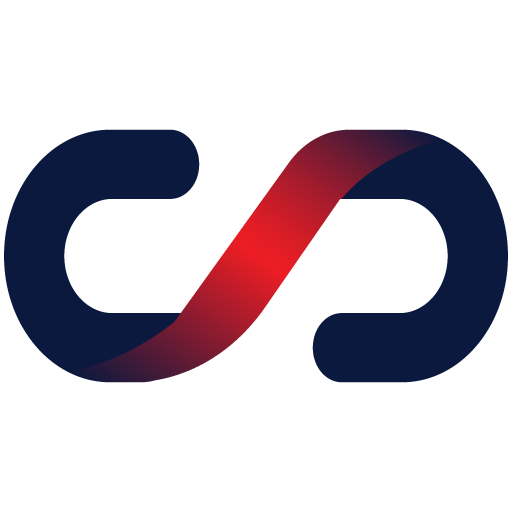Retrieval-Augmented Generation (RAG) is an advanced text-generation approach that combines the capabilities of large language models (LLMs) with external data sources to create more precise and valuable responses. In education, where content personalization and quick access to reliable information are crucial, RAG offers immense potential for automating the creation of educational materials.
How Does RAG Work? Benefits and Applications
The RAG model consists of two main components. First, a generative model (LLM) such as GPT, which understands language and generates content. Second, a retrieval mechanism, which searches and provides relevant data from various sources — such as textbooks, academic papers, and educational studies — that the generative model then uses to create personalized content.
When a user asks a question, the model not only relies on pre-trained knowledge but also retrieves information from current databases, ensuring more accurate and contextually relevant answers.
Because of this, RAG offers several advantages. Traditional LLMs have a limitation regarding the date up to which they were trained. With RAG, it is possible to fetch the latest information from recent publications, ensuring educational materials remain up to date. Additionally, automated content creation with RAG is based on credible sources, making it especially valuable in fields like science and technology, where research, discoveries, and data continuously evolve.
Moreover, RAG can tailor educational materials to the individual needs of students. For example, students at different skill levels can receive customized explanations of the same topic.
Interestingly, teachers can also benefit from RAG-based systems by quickly generating lesson plans, quizzes, homework assignments, and other educational materials. This saves time and allows educators to focus more on student interaction. RAG can even automatically generate textbooks based on data from digital libraries, creating updated materials aligned with curriculum standards.
Further applications include intelligent learning platforms that use RAG to answer student questions with detailed explanations, provide examples, and even test their knowledge in real-time. Virtual assistants powered by RAG can support students by offering personalized lessons based on their progress and preferences. Teachers and students alike can easily find the most relevant, updated, and reliable study materials without manually searching through lengthy articles or books.
Challenges and the Future of RAG in Education
Despite its potential, RAG in education comes with challenges. One of the most critical issues is ensuring that retrieved data comes from reliable sources, particularly in an academic setting. Poor-quality sources could lead to misinformation or misleading content. Additionally, retrieval mechanisms may sometimes provide an overwhelming amount of information, making it difficult to filter the most valuable content.
While RAG is a promising technology, full implementation may be costly, both in terms of technological infrastructure and teacher training in the use of these tools.
Considering these factors, RAG has the potential to become one of the most important tools in the future of education. With its help, teaching can become even more precise and individualized. Students will receive continuously updated educational content, while teachers will have advanced tools for creating learning materials — revolutionizing education at all levels.
Discover how the AIssistant.it system can accelerate daily tasks and processes in your company with the help of AI tools: https://aissistant.it/contact/
Graphics by: Microsoft Designer AI


